
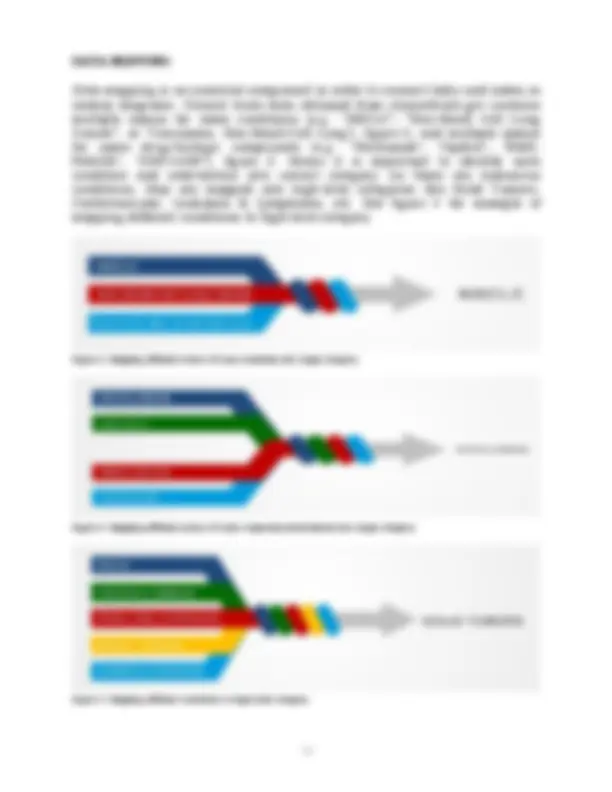
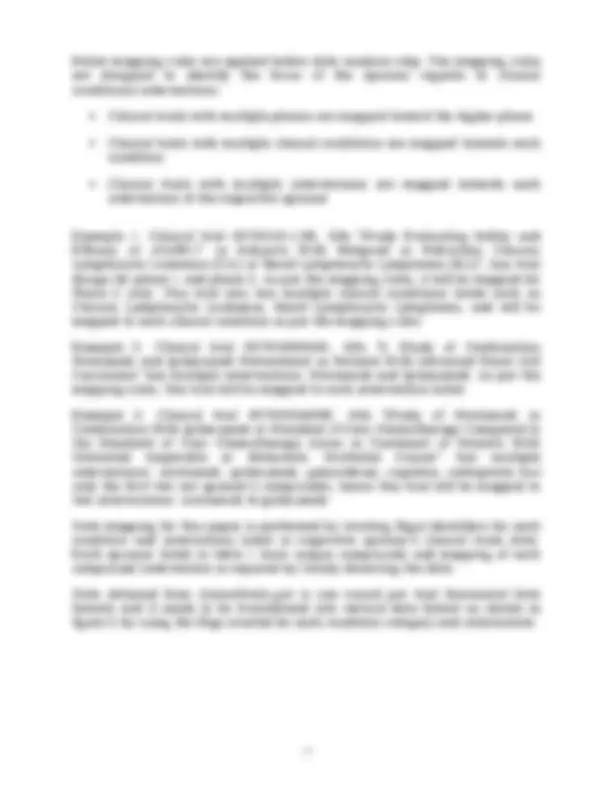
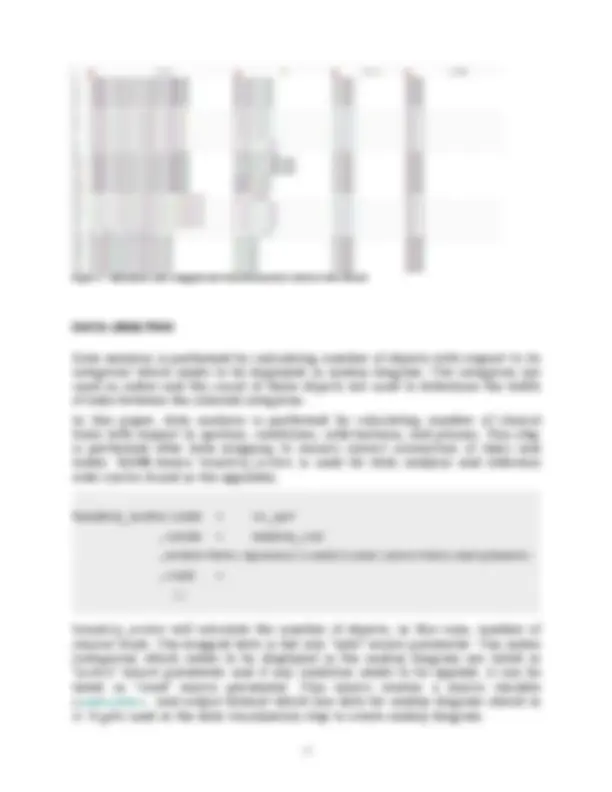
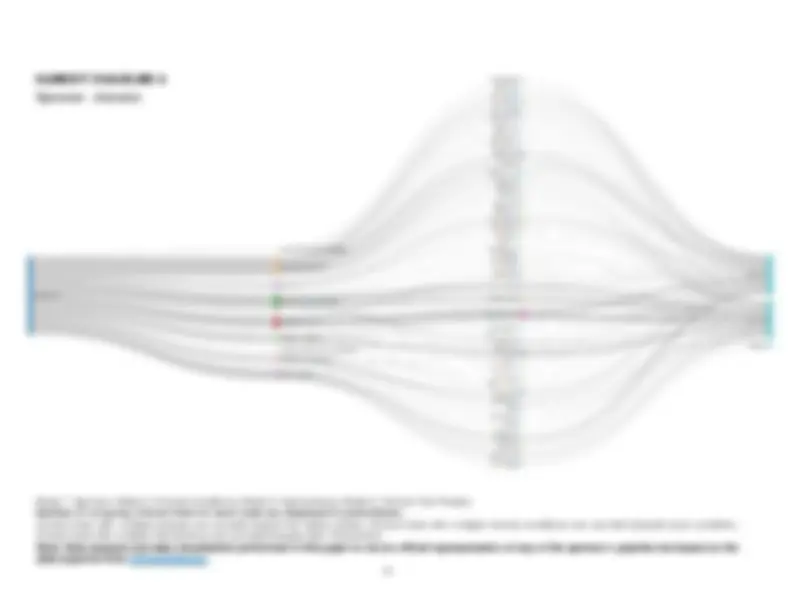
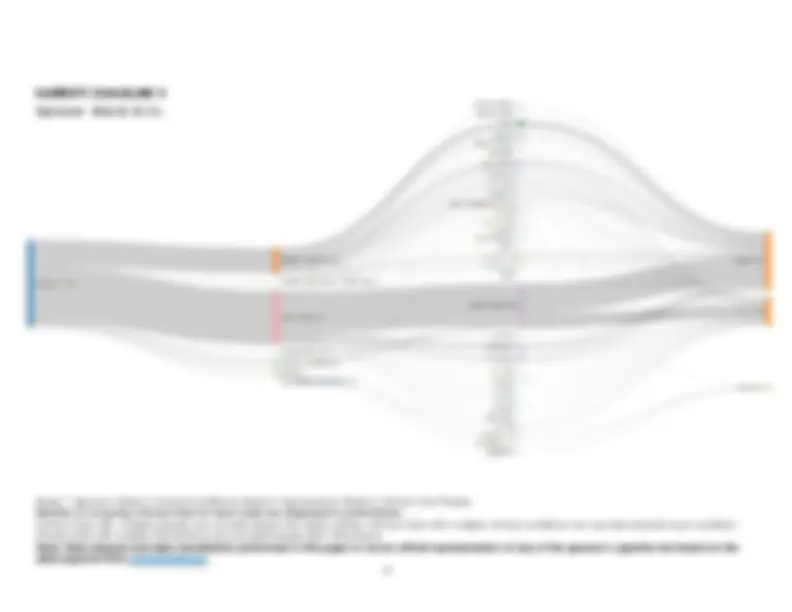
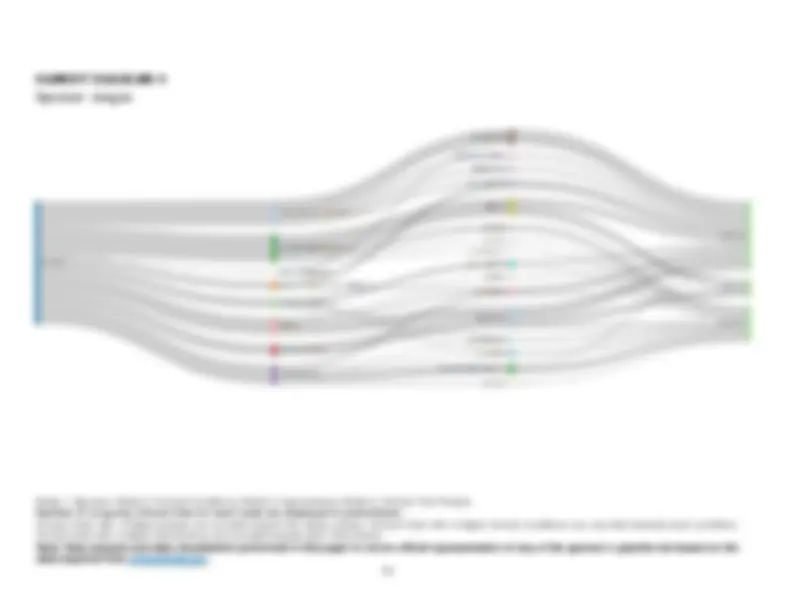
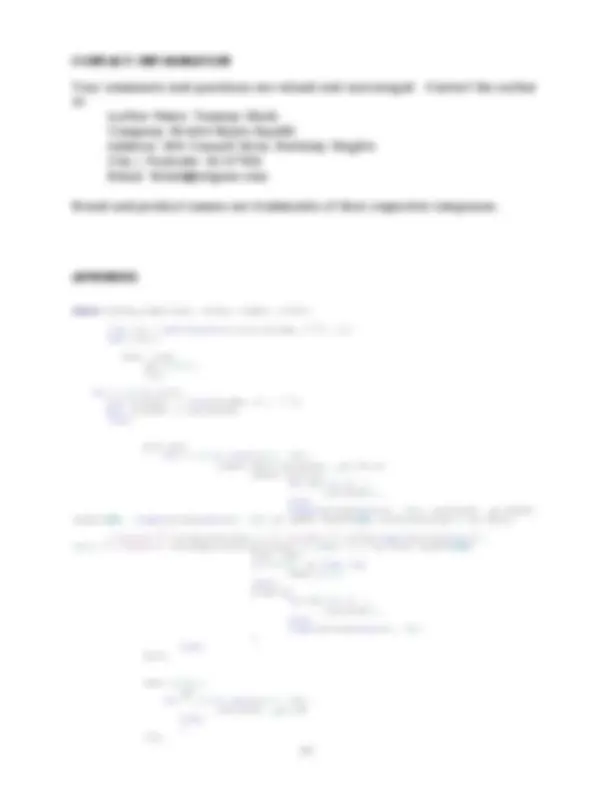
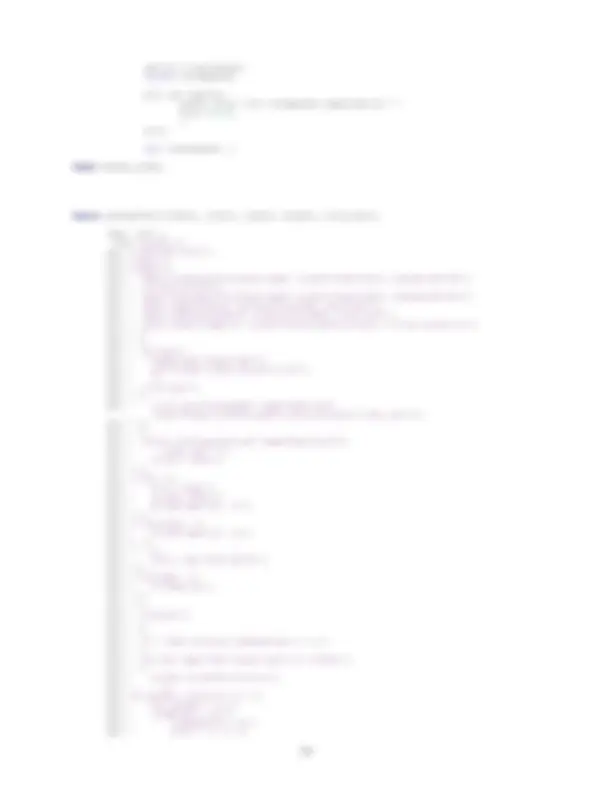
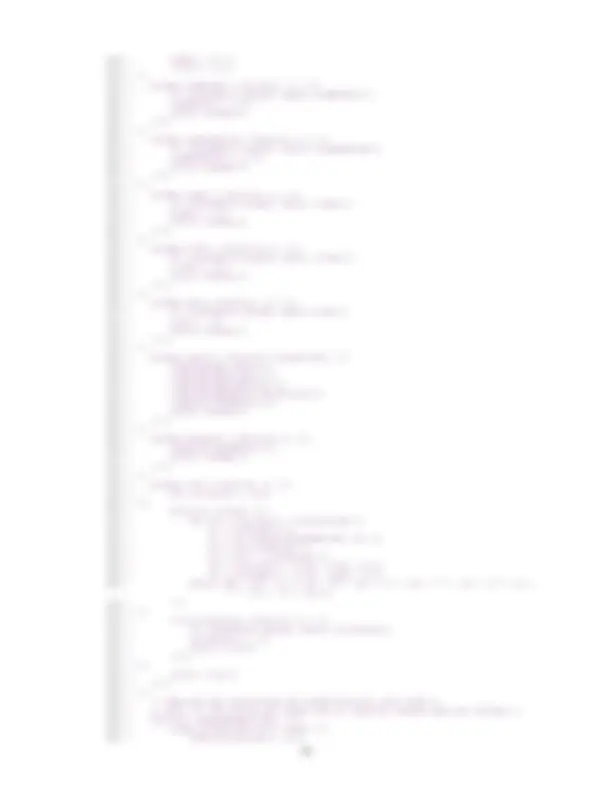
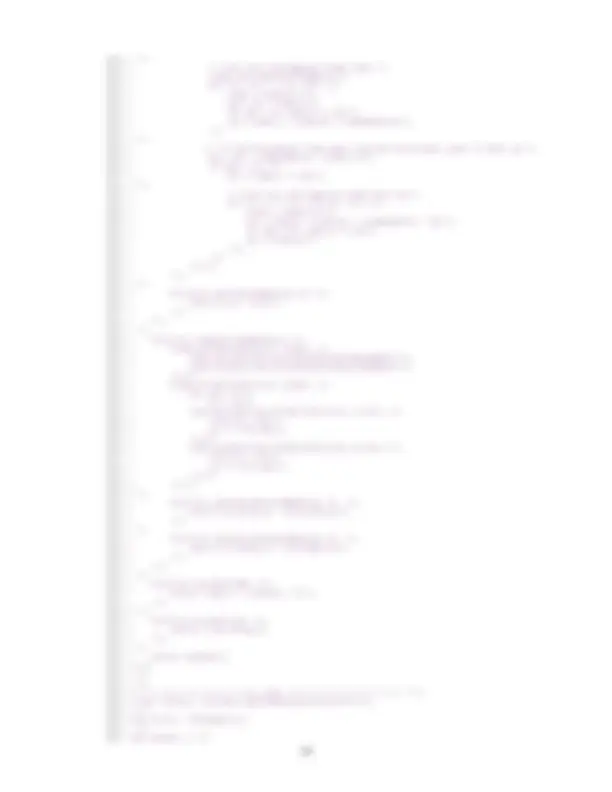
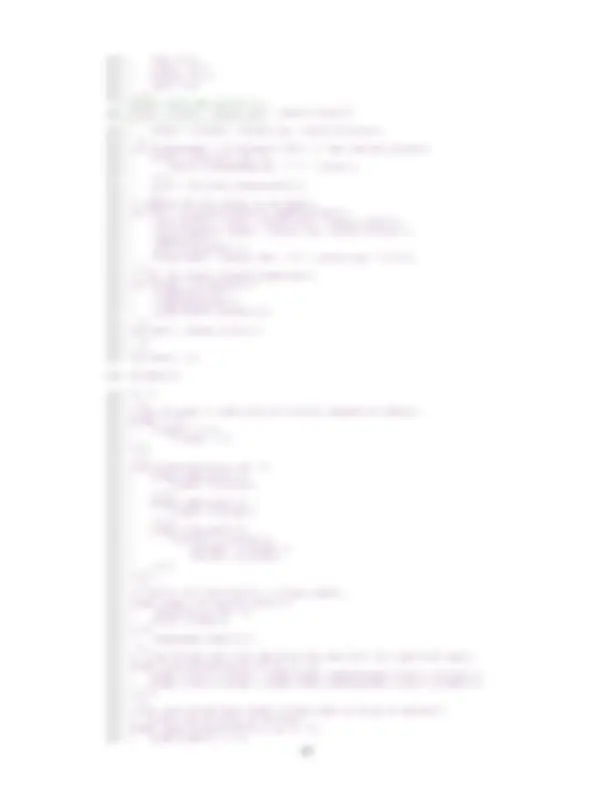
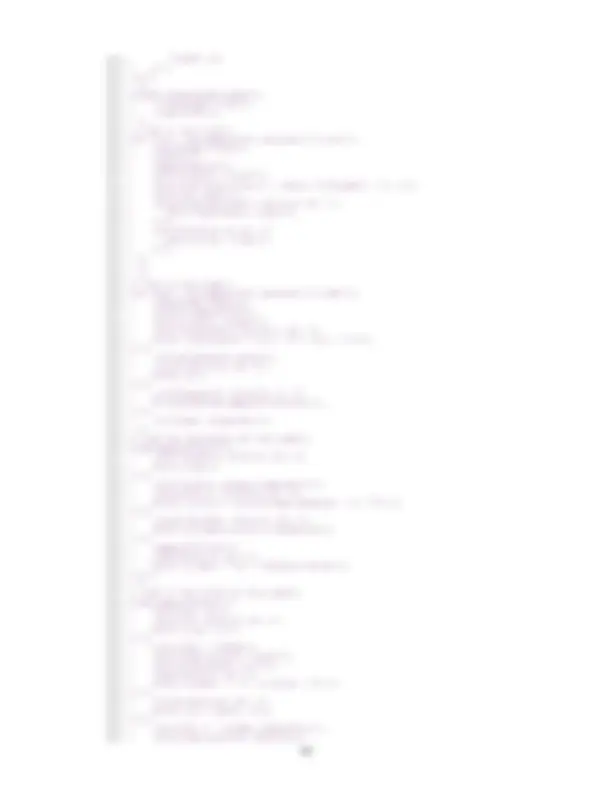
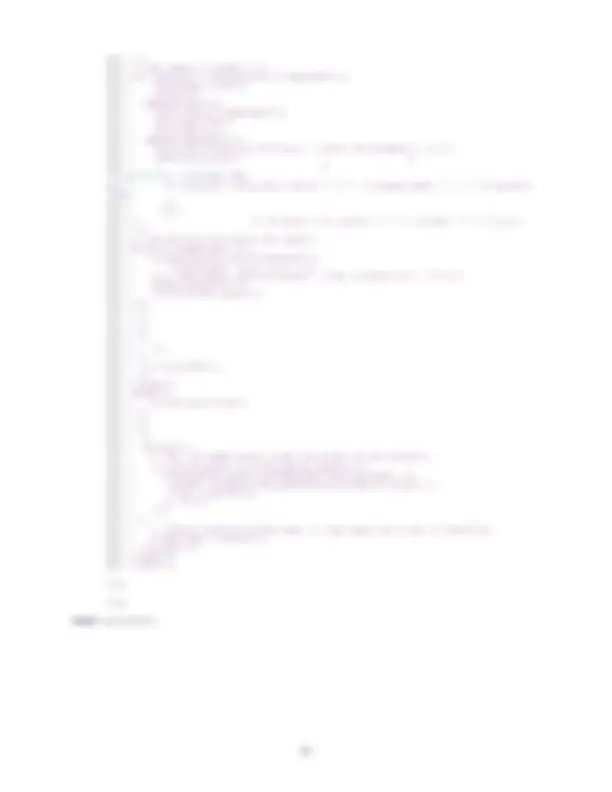


Study with the several resources on Docsity

Earn points by helping other students or get them with a premium plan


Prepare for your exams
Study with the several resources on Docsity

Earn points to download
Earn points by helping other students or get them with a premium plan
Community
Ask the community for help and clear up your study doubts
Discover the best universities in your country according to Docsity users
Free resources
Download our free guides on studying techniques, anxiety management strategies, and thesis advice from Docsity tutors
This paper analyzes data from clinicaltrials.gov for selected few clinical trial sponsors and uses that info to create sankey diagram. A sankey ...
Typology: Lecture notes
1 / 21

This page cannot be seen from the preview
Don't miss anything!














Figure 1: Data obtained from clinicaltrials.gov and imported into SAS® dataset.
Table 1: List of Sponsors
Figure 5 : Horizontal data mapped and transformed into vertical data format
%macro sankey_nodes(inds=, outds=, nodes=, cond=); %let cnt = %eval(%sysfunc(countc(&nodes.,"|")) +1); %put &cnt.; data inds; set &inds.; run; %do i = 1 %to &cnt; %let single&i. = %scan(&nodes, &i , '|'); %put single&i. = &&single&i; %end; proc sql; %do i = 1 %to %eval(&cnt. - 1 ); create table &&single&i. **.** wt_chk as select distinct %do k= 1 %to &i. ; &&single&k., %end; %superq(single%eval(&i. + 1 )), &&single&i. as SOURCE length= 100 , %superq(single%eval(&i. + 1 )) as TARGET length= 100 , count(&&single&i.) as VALUE, " {'source':'"||strip(&&single&i.)||"','target':'"||strip(%superq(single%eval(&i.
options linesize=max; %global sankeydata; proc sql noprint; select final into: sankeydata separated by " " from &outds. ; quit; %put &sankeydata. ; %mend sankey_nodes; %macro sankey2html(indata=, outfl=, width=, height=, flow_num=); data null; file "&outfl."; put ''; put ''; put '
'; put ' '; put '